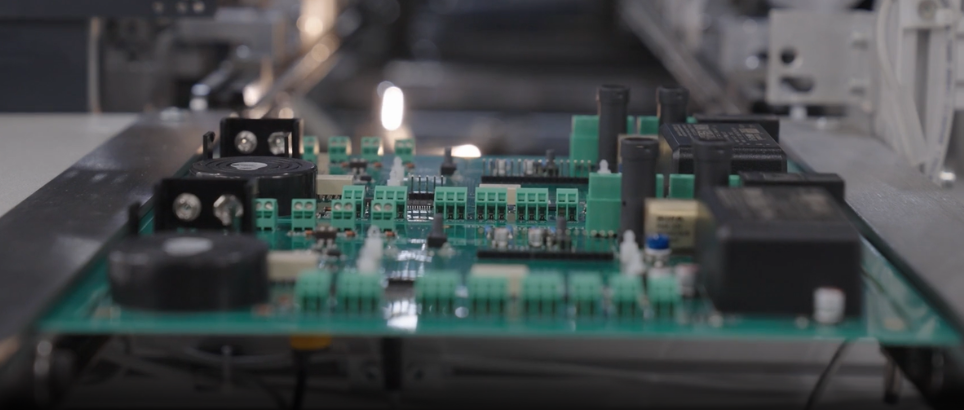PCB Reverse Engineering

What is PCB reverse engineering?
PCB reverse engineering is the process of analysing an existing circuit board to create new design data, so the board can be reproduced or replaced without starting from scratch.
How do ABL reverse engineer a PCB?
Using specialist technology, we scan artwork, schematics, photographs, or the boards themselves to generate CAD data, which then allows us to create new PCBs. The result is a board that performs just like the original, without the risk of errors.
Why not make an exact copy of the original PCB?
Exact duplication isn’t always practical - sourcing outdated components can be time-consuming and expensive. Instead, we produce new boards that match the function and performance of the original, often with the added benefit of improved reliability using modern components.


Key Differences Between SMT and THT Assembly
PCB assembly uses two main techniques:
Surface Mount Technology (SMT)
SMT components are soldered directly onto the board’s surface, offering:
1
Often using Pick and Place machines.
2
Ideal for compact, high-density designs.
3
Connections may be weaker under stress.
Through-Hole Technology (THT)
THT involves inserting component leads through drilled holes for a stronger connection:
1
Ideal for high-vibration or high-power applications.
2
Additional drilling and soldering steps required.
3
Due to lead-based design and extra material.

Looking for a bespoke manufacturing solution?
See how ABL Circuits can help you today:
Quick Quote
Alternatively, for a quick overview, fill out the basic form to the right.












